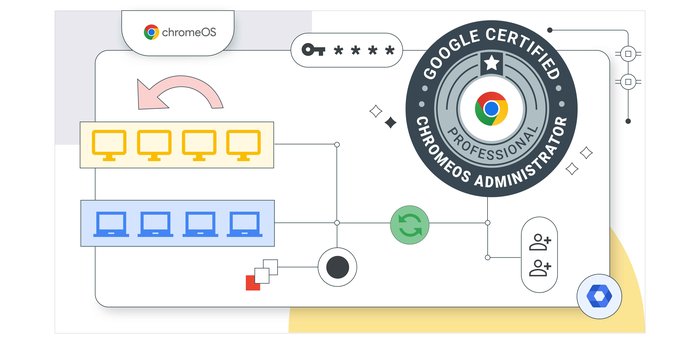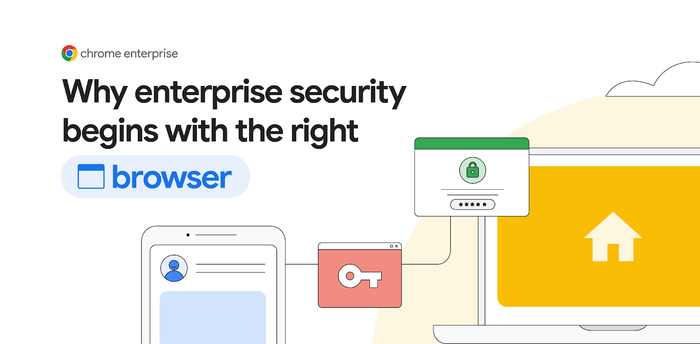Moving toward a more manageable and secure web with Chrome Enterprise
Philippe Rivard
Group Product Manager, Chrome Enterprise
Enterprise applications have been rapidly shifting to the web, and the browser has become the primary destination for getting work done. More than 65% of workers rely more heavily on their browser today than just two years ago.
For years, Chrome has been at the forefront of this shift because we understand that enterprises need a more modern browser experience to be most effective. More specifically, businesses need a browser experience that is: more manageable and more secure. Otherwise, browsers become a potential gateway for web threats and data loss. This not only makes it difficult for employees to stay productive; it also puts your organization’s revenue and reputation on the line.
This is why we’ve built tools that IT administrators and enterprise developers need to deliver a modern web experience to their users, while also keeping their corporate data secure. With features like Google Safe Browsing and more than 300 policies to customize Chrome for your business, we’ve laid the groundwork for companies to keep users protected and productive.


A modern browser should be more manageable.
Enterprises require more modern management capabilities that can keep up with growing security and compliance standards. This means IT needs tools that can help block or install extensions, deploy enterprise-specific presets, and gain visibility into their browser deployments. We introduced Chrome Browser Cloud Management earlier this year to help—a new solution that provides a better management experience, as well as insights to oversee IT deployments.
Looking forward:
Chrome Browser Cloud Management is a foundation for us to bring even more easy-to-use update controls for IT admins. We will be adding ways to enable IT to pin Chrome to a specific version, trigger an update, or even roll back updates with ease. This console will also be the home for our enterprise extension management workflow, which will give IT the tools they need to provide an enhanced web experience for their users, while protecting enterprise data.
Lastly, beyond management enhancements, businesses need the right controls to adapt to the application delivery technologies that are deployed in some enterprise environments. For example, some companies make use of virtualization to deliver Chrome to their end users. In the next Chrome release, we’ll introduce a policy that will let IT set limits around its use of memory to better scale to a wide range of virtualized deployment scenarios.
A modern browser should be more secure.
Enterprises have very specific security requirements that they need to meet, and security has been a priority for Chrome from the onset. Today, Chrome offers a rich set of policies that are designed to enforce these requirements, and a wealth of documentation to help IT find the controls they need. For example, this guide can help you evaluate how to best meet your organization’s security standards.
Looking forward:
With the rapid shift of applications to the web, enterprises are also seeing shifts in the threat landscape. In particular, the need for effective protections against phishing, malware and data loss has risen to the forefront. The browser plays an important role here, and Chrome is committed to delivering new solutions against these threats.


We see these as steps in our journey to bring the speed, security and simplicity of our approach to the web to IT, and to the enterprise users they serve.
For the latest Chrome Browser updates, be sure to check out our release notes and our Admin Essentials blog series for pro tips and tricks from our Chrome Browser customer engineers.



